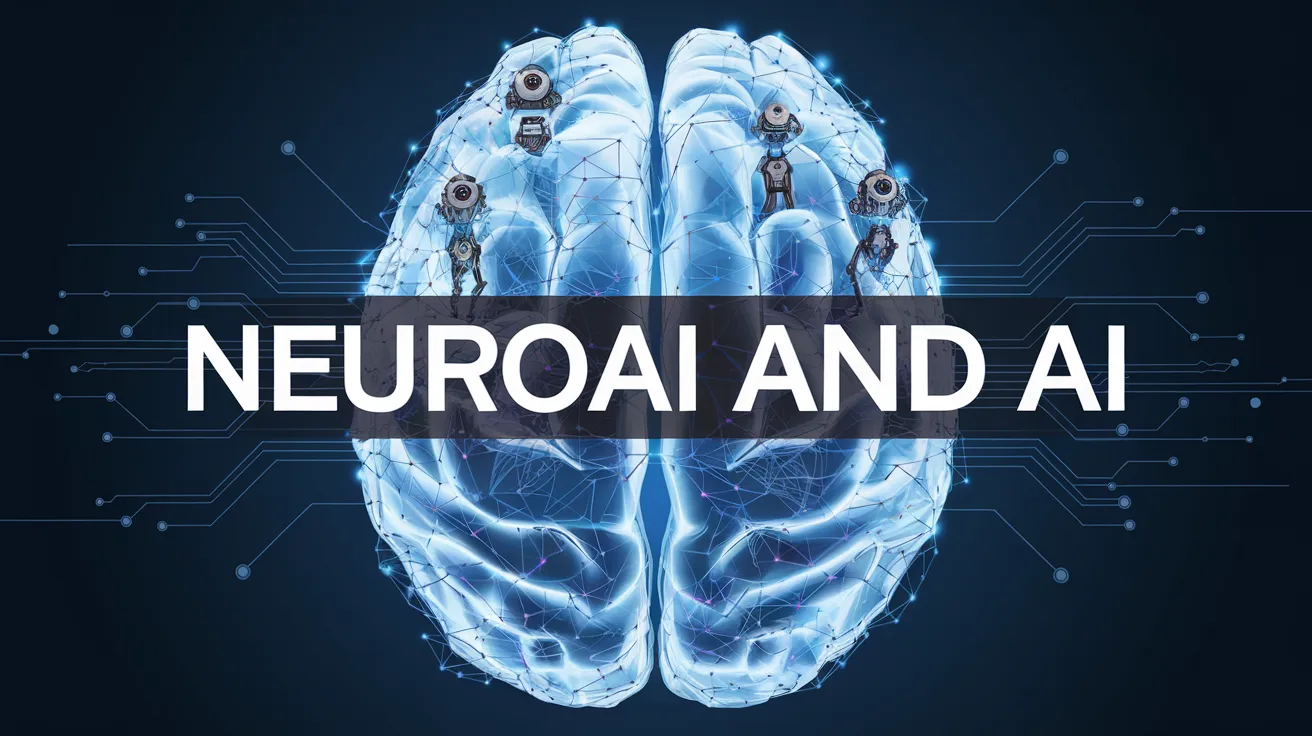NeuroAI: Symbiosis of Neuroscience and AI

NeuroAI, a blend of neuroscience and artificial intelligence (AI), is an emerging field that has gained momentum over the past five years. With an increasing number of workshops, conferences, and academic programs focused on this area, the overlap between these disciplines is becoming undeniable. The aim of AI to emulate intelligent behavior provides a direct path for reverse-engineering the human brain, while neural networks offer an advanced model for distributed computation resembling brain functionality.
The term NeuroAI encompasses two intertwined research efforts. Firstly, it denotes the application of AI techniques, particularly neural networks, to neuroscience. This application allows researchers to create rigorous computational models of brain activity, assisting in testing theories about neuronal computation. Richard Feynman’s famous assertion illustrates this sentiment, that without creation there can be no understanding, hinting at the importance of artificial neural networks in unraveling brain processes.
Secondly, NeuroAI involves infusing insights from neuroscience back into AI development, yielding systems that aspire to replicate human cognitive capabilities. This cyclical relationship enhances both fields, generating a positive feedback loop where advancements in AI spur developments in neuroscience—and vice versa.
AI’s ability to analyze vast neuroscience datasets and automate analysis is noteworthy, with tools like DeepLabCut aiding researchers in tracking animal movements. However, such applications are often distinct from the specialized focus of NeuroAI, which heavily revolves around the unique interplay between neural models and behavioral insights.
The historical roots of the relationship between computing and neuroscience can be traced to early computer science foundation laid by John von Neumann. His 1945 report on the EDVAC computer architecture even explored the notion of brain-like computing systems—drawing references to pioneering work by Warren McCulloch and Walter Pitts on neural networks. This initial cross-pollination paved the way for decades of mutual inspiration between the two fields.
Frank Rosenblatt’s introduction of the perceptron in 1958 marked a pivotal moment, positing that neural networks could learn from data rather than being hard-coded with specific solutions. This fundamentally shifted perceptions on how connections in artificial networks—akin to synaptic connections in the brain—are treated as learning constructs. Influenced by neuroscientists such as Donald Hebb, who highlighted the synapse’s role in learning, this idea continued to shape subsequent developments in AI.
Despite the perceptron not being widely adopted due to identified limitations, the concept of synaptic plasticity firmly embedded itself in contemporary AI architectures. Among the significant achievements that arose from this synergy is the convolutional neural network (CNN), providing the backbone for many successful computer vision applications inspired by biological models of the visual cortex.
Reinforcement learning has also emerged from these interactive advancements, fueling significant AI breakthroughs. Techniques like dropout in neural networks reflect inspiration from the brain’s stochastic processes and misfiring characteristics, promoting resilience through varied training methods.
Notably, the alliance between neuroscience and AI is symbiotic rather than parasitic. AI advancements in areas like neural networks have at times led to deeper insights into the workings of the brain itself. For example, AI models designed to tackle visual perception tasks have inspired new hypotheses regarding cerebral functions, while neuro-inspired deep reinforcement learning catalyzes advancements in both AI and neuroscience fields alike.
The constant interplay between these disciplines continues to inspire transformative developments. As artificial neural networks progress, they yield substantial insights into brain functionality. Concurrently, enhanced understanding of neural processes fuels innovations in algorithmic design, allowing for smarter AI solutions. The upcoming essays in this series will further delve into these advancements, addressing practical implications and ethical considerations surrounding NeuroAI and its growing significance in understanding intelligence across biological and artificial domains.